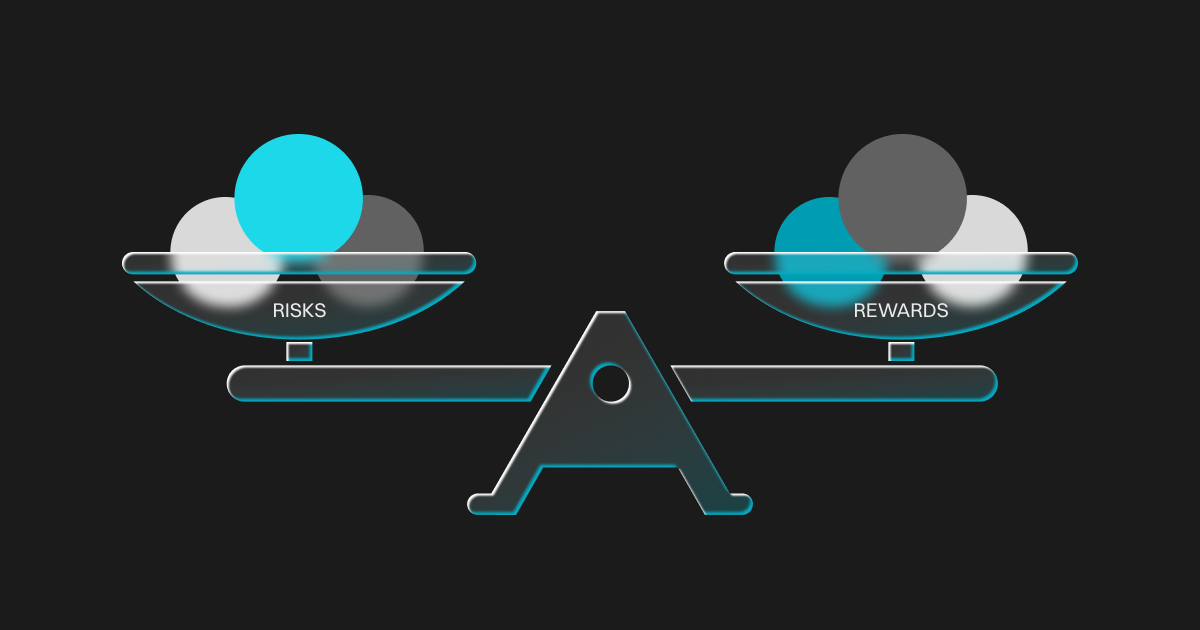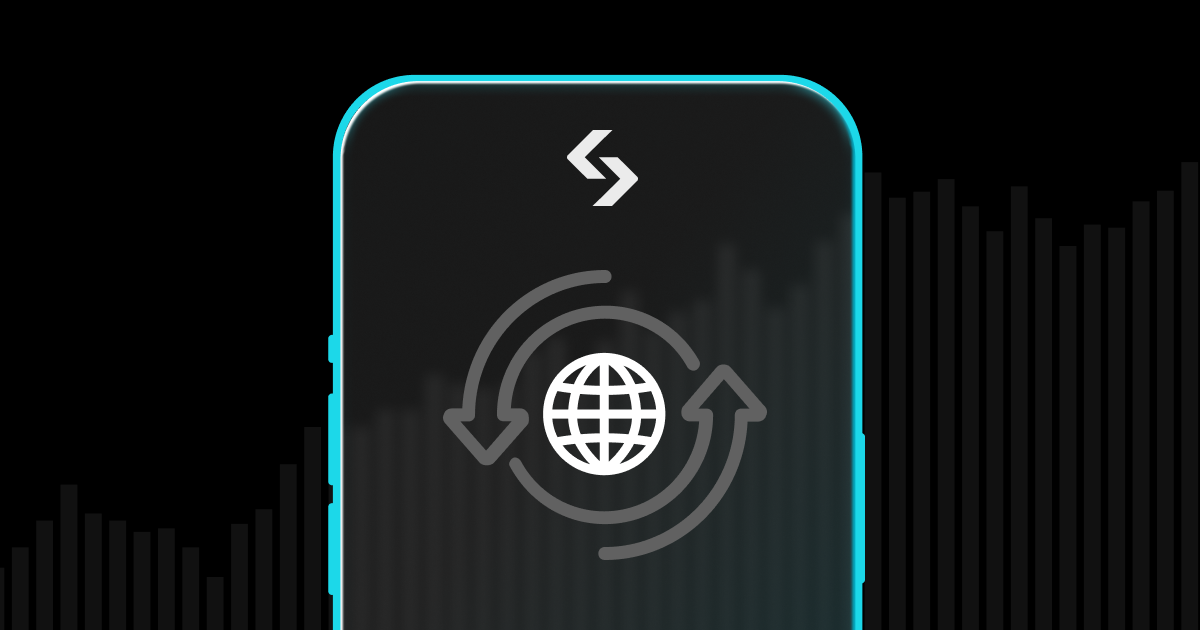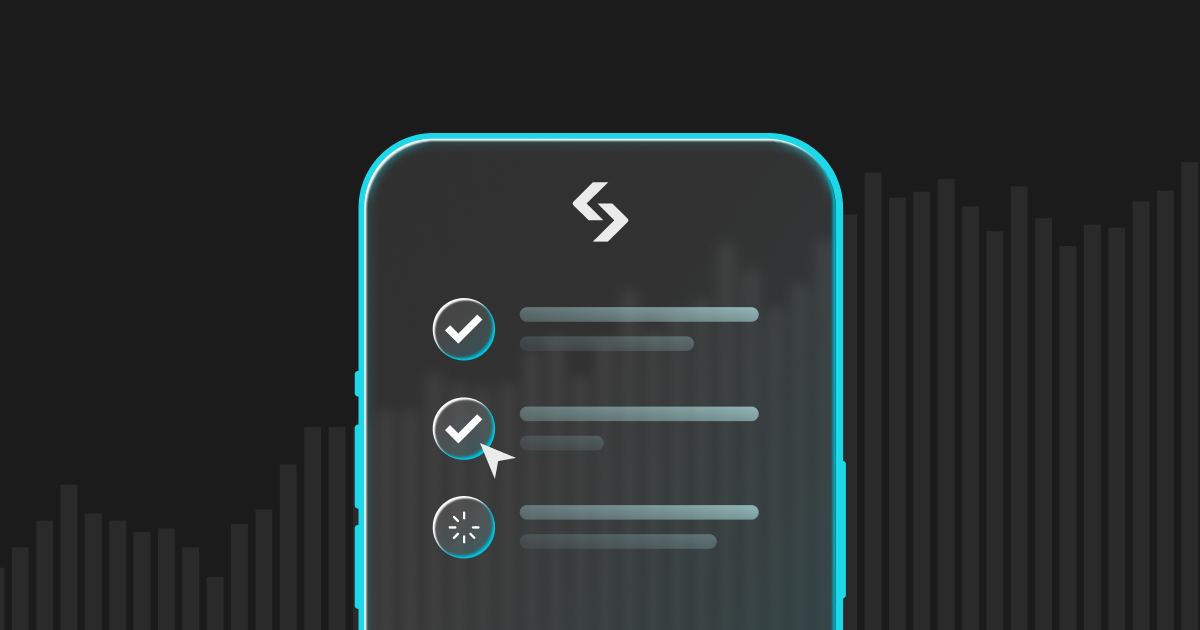
Bitget Beginner's Guide — Introduction to Futures Trading Modes
Overview
● In futures trading, hedging mode and one-way mode are two common trading modes. This article will introduce them in detail;
● Bitget futures trading is set to hedging mode by default, meaning users can simultaneously go long and short for the same futures;
● It is crucial to remember that trading futures involves risk. Ensure you are well-prepared and understand how the futures work before trading.
What Are Hedging Mode and One-Way Mode?
In futures trading, investors typically engage in two common trade modes—hedging and one-way. As the name suggests, in one-way mode, you can only hold positions in one direction for the same futures trading pair. In hedging mode, you can hold both long and short positions for the same futures trading pair. Regardless of market conditions, hedging mode is usually used to minimize risk and protect positions, but it doesn't guarantee a completely risk-free trade!
Bitget futures trading is set to hedging mode by default, but investors can switch between both modes at any time. You can switch between hedging mode and one-way mode for Bitget USDT-M Futures, Coin-M Futures, and USDC-M Futures. The changes made will apply to all the trading pairs under the respective futures type. For example, if you switch the position mode for USDT-M Futures from hedging mode to one-way mode, all USDT-M Futures trading pairs will only allow one-way positions, while Coin-M Futures and USDC-M Futures trading pairs won't be affected. However, keep in mind:
• You cannot switch modes if you have open positions on any pair.
• Although you can only trade in one direction (long or short), your net trading value should remain unchanged. For example, in hedging mode, you can simultaneously go long 5 BTCUSDT and go short 2 BTCUSDT. This way, if you successfully close both positions, you will have a net remaining value of 3 BTCUSDT. In one-way mode, if you choose to buy/sell long positions only, you can achieve the same outcome by buying 5 long BTCUSDT positions first, then selling 2 long BTCUSDT positions.
• You should utilize the reduce-only order type when in one-way mode. It can only be applied to current positions opened in one-way mode, helping to ensure that new orders are only reduced, not increased.
• Bitget Copy Trading is currently not supported in one-way mode. When an elite trader opens a position in one-way mode, their copiers will not receive this signal (the position will not be copied). The system will not copy the trade for the copiers using one-way mode when the elite trader they copy initiates a new trade in hedging mode.
• The default mode for Bitget futures trading is hedging mode. • Users must manually select one-way mode.
Key Differences Between Hedging Mode and One-Way Mode
Before opting for either hedging mode or one-way mode, we encourage investors to grasp some key aspects related to these modes, including risk control, openable positions, and applicable scenarios.
Risk Control
For beginners, the risk of liquidation is greater in one-way mode than in hedging mode. To help reduce the risk of liquidation, Bitget has implemented different risk margin calculations for positions in the one-way mode. Notably, Bitget is the only exchange that uses this complex risk margin mechanism, which has proven to be highly effective in helping investors prevent liquidations. For more information on margin and risk margin, please refer to Bitget Beginner's Guide — Introduction to Margin Mode .
The risk margin calculation formulas for both modes are as follows:
In hedging mode, risk margin (for a single trading pair) = max {maintenance margin for short positions + maintenance margin for long positions} + risk margin of all short positions + risk margin of all long positions
In one-way mode, risk margin (for a single trading pair) = max {maintenance margin for long positions, risk margin for open long positions} + maintenance margin for all selling positions + risk margin of open selling positions
Note that if your margin balance falls below the risk margin level, Bitget will automatically notify you. If no action is taken and your margin balance remains below the maintenance margin, your position will be liquidated.
Openable Positions
Openable positions refer to the maximum quantity that can be bought or sold for a specific trading pair at a given price, considering the current leverage in the user's account. The openable amounts under one-way mode and hedging mode may vary. The calculation of the openable positions for both long and short positions of a trading pair is based on the corresponding available funds for long and short positions, respectively.
Before opening new positions, Bitget users should always consider the margin requirements, especially if there are existing open positions. Margin requirements are influenced by the current leverage level, particularly in one-way mode (where orders can only be placed in one direction), with price being a critical factor.
For more details on openable positions in one-way mode, refer to Bitget Futures: One-Way Mode.
Applicable Scenarios
For investors, both hedging mode and one-way mode suit different scenarios. Hedging mode, which allows opening positions in both long and short directions, is advantageous in volatile markets to earn from price differentials. If managed correctly, it does not result in losses due to fluctuations and can also reduce the cost of long and short positions amid market oscillations—the larger the fluctuation, the higher the potential profit.
One might ask: Why not use a stop-loss? If you believe the market trend will continue but fear a short-term sharp decline that could liquidate your long position, hedging mode might be suitable. Choosing cross margin mode allows both long and short positions to share the margin and offset each other's PnL, preventing liquidation and greatly enhancing fund efficiency. On one hand, you wait for the trend to change for a potential profit; on the other hand, you do not miss out on market opportunities.
Essentially, hedging proves advantageous in volatile market conditions characterized by significant price fluctuations. Investors can open both long and short positions, potentially profiting from both provided they effectively manage their positions, maintain sufficient margin, and capitalize on opportunities. Hedging mode is typically used to mitigate risks and protect positions, but it does not guarantee a completely risk-free trade!
One-way mode, on the other hand, is better suited for one-directional markets. Its advantage lies in simplicity: once you've opened a position in the correct direction, you can quickly profit; if your assessment is incorrect, you can promptly close your positions and exit.
For instance, suppose you open a long position with 10,000 USDT in Bitcoin. If the market moves unfavorably, resulting in a floating loss of 5,000 USDT, and you expect further declines, you may decide to adopt a bearish stance by opening a short position with 20,000 USDT. Since only one direction is permitted, your position switches to the side with the larger volume. Your long position would be covered by the short, leaving you with the short position.
Closing Thoughts
In summary, both hedging and one-way modes have their advantages, and traders should choose the trading mode that suits their risk preferences, market insights, and technical capabilities. Regardless of the chosen mode, one critical point for investors is position management; only with strict control and sufficiently small positions can there be room for maneuvering.
Related Articles
Bitget Beginner's Guide — What Are Futures?
Bitget Beginner's Guide — How To Make Your First Futures Trade
Bitget Beginner's Guide — How to Avoid Liquidation
Bitget Beginner's Guide — Key Futures Trading Terms and Their Application Scenarios
Bitget Beginner's Guide — Introduction to Futures Order Types
Bitget Beginner's Guide — Introduction to Margin Mode



